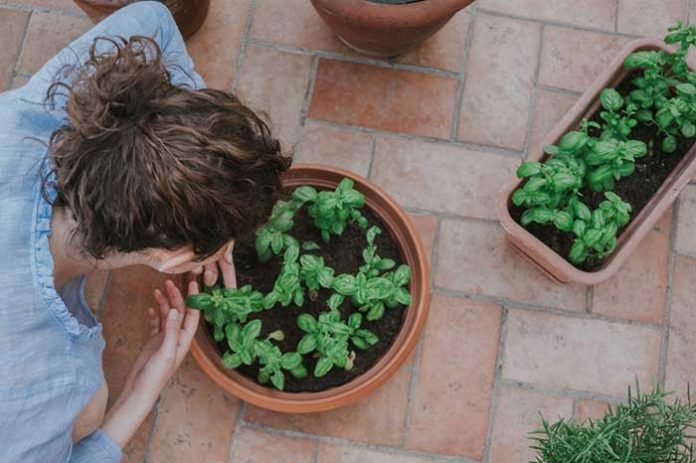Soil mites, alternately known as root aphids, are pests that come under the category of arthropods. They are as tiny as 0.2 mm to a maximum length of up to 2 mm. As they are about the size of a millimeter, these tiny soil-dwelling creatures may make soil mite identification difficult to spot with your naked eye. However, you may see these mites in the soil as white or light brown spots moving slowly. They are commonly found in potting soil or compost heaps.
Though they are mostly harmless to the soil, plants, and humans, these indoor soil mites may cause nuisance and botheration to your eyes. However, certain types of soil mites may carry bacteria and other parasites such as the eggs of tapeworms that may prove a serious hazard to human health. So it will be much better if you learn how to get rid of soil mites in some easy effective ways.
Different Types of Soil Mites
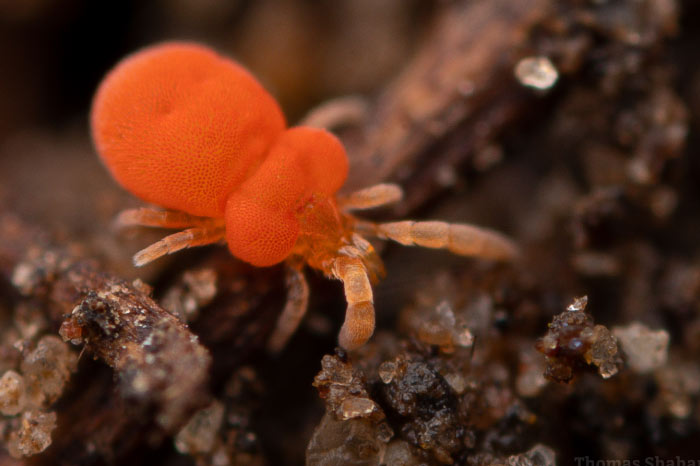
There are several kinds of soil mites out of which oribatids are the most common. Equipped with hard and rounded shells or exoskeletons, these are also known as beetle mites or turtle mites. Normally found in lichen or moss, they are also termed moss mites. Their lifespan is long, ranging from 3 to 7 years.
Following are some other types of soil mites.
1. Astigmata Mites
Feather mites are usually found in nitrogen-rich soils. They have a brownish colored appearance and have soft-bodied structure. They proliferate in certain agroecosystems post-harvest or following the application of nutrient-rich manures.
2. Gosamid Mites
These mites are predatory in nature. They inhabit areas such as window sills, ventilation and air-conditioning intakes, roofs, and eaves, using these locations as shelters, particularly near nesting birds.
3. Mesostigmata Mites
These are also predatory in nature, feeding on small dead animals. They can be easily identified through the presence of a lone pair of spiracles situated laterally on the body.
4. Prostigmata Mites
Feeding quite differently, these are an order of mites. They are typically measured between 0.1 and 2 millimeters in length, exhibiting diverse body shapes and colors. In their mite form, the majority possess eight legs, with six legs during their larval stage.
5. Spider Mites
Apart from the above kinds of mites, there is also another very different kind of mite called spider mites. Around 1 mm in length having 8 legs and white to brown bodies, these mites are actually arachnids, related to the spider. You cannot see these tiny indoor garden pests with your naked eye. Spider mites in soil cause serious harm to plants and trees, making them develop small, dark reddish spots. Besides, the appearance of fine spider webs on the plants is also a specific characteristic of mite infestation.
Are Soil Mites Dangerous to Outdoor Plants?
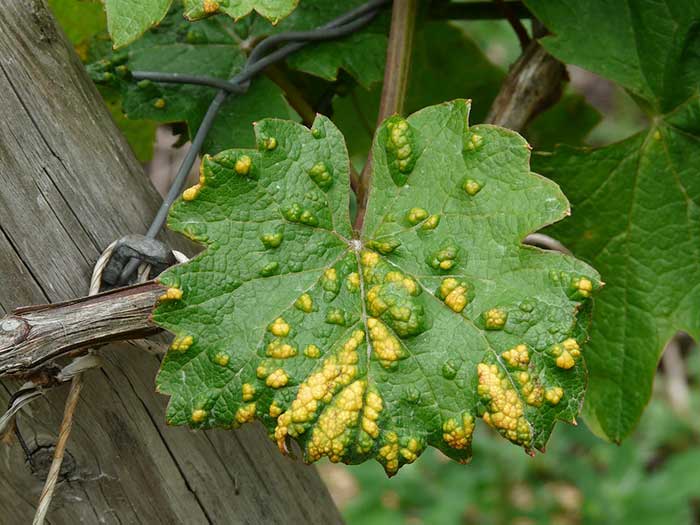
As for the outdoor plants, soil mites are more a friend than a foe. They never harm any outdoor plant or the soil. Rather, they help a lot to decompose the organic matter present in the topsoil, making it a healthy soil for the plants growing there. The nutrients present in the soil are then easily absorbed by the plants once they get decomposed. So, you can say that soil mites fertilize your plants in a natural way. Moreover, these mites in the soil also aerate them so that water can penetrate the soil very easily and keep it moisturized all the time.
In short, you can say that soil mites are a good sign of healthy and ideal outdoor soil. They make it easy for you to lead a nature-friendly life.
How do Soil Mites Affect Your Indoor Plants and Your Health?
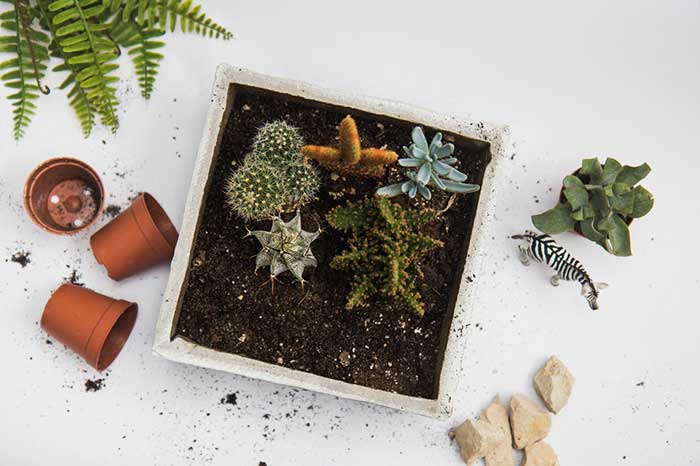
From your outdoor spaces, these tiny soil creatures may travel inside your home, and passing through the patio, corridors, etc may make their way to your indoor potted plants. Here, they may make their home and cause a threat because they may expose you and your family to bacterial infection and tapeworms.
They also pinch your eyes by making the potted plants and soil look dirty and spotted. They affect both your health and the cleanliness of your home.
Hence, it becomes necessary to get rid of them immediately, though they do not harm your indoor plants or the soil directly. Here are the most effective ways to do so:
6 Effective Ways to Get Rid of Tiny White Bugs in Soil
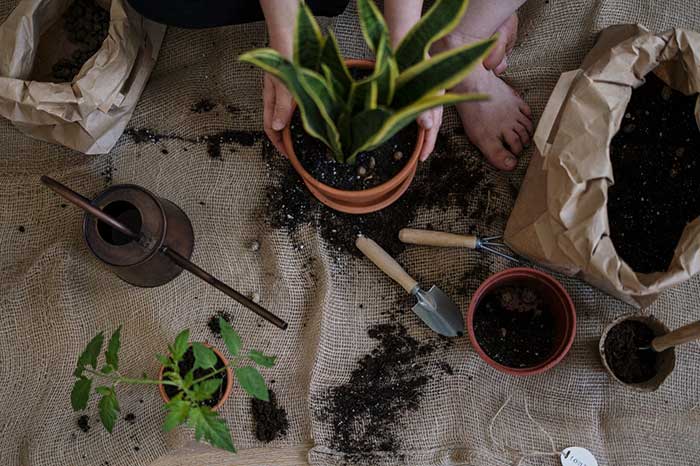
Without any internal bones and having legs emerging from their body segments, these white soil bugs are scavengers and feed on the organic rotting matter. This includes leaves, moss, wood, dead plants, fungi, algae, dead insects, tiny worms, etc. Mites have also been observed on the leaves stuck in your gutters or on the roof. You can get your house mite free if you install the best gutter guards and keep your roof neat and clean. In fact, these soil critters will leave your house the soonest they find no more food available to them. They will crawl out to some other house. However, if you cannot bear their sight in your potted plants, try the following easy-going methods to do away with them.
1. Remove Decaying Material or Rotting Leaves
Take your indoor potted plants outdoors and remove their topsoil to take away all the food, like decaying material or rotting leaves, related to the soil mites. Replacing this top part with fresh topsoil will force all the soil mites to migrate from your house. If you do this process inside, mites are likely to move fast to the cracks and crevasses of your house.
Pro Tip: How To Get Rid Of Termites In Walls
However, you must keep two main points in mind while applying this method. First, prefer the best quality of the topsoil for your potted plants and, second, always handle the plants gently while taking them out from the pots so as to avoid damaging their roots. Otherwise, you will be very likely to kill your plants altogether.
2. Refill your Pots with Utmost Care
The second productive solution to the problem of soil mites is to refill your pots after you have emptied them of the soil. Here, you may also use the old soil if you have sifted it through to check and take out any food for the mite. It will make the soil free of all the larvae attached to the plants as well. However, sterile soil is better if it is available at the moment. You must also remove all the dead leaves on the plants before you refill the pots. This is because all the dead leaves soon fall off the plants and make for a new habitat for the soil bugs.
3. Spray the Soil and the Base of Plants
Spraying the soil as well as the plants will ensure that both are now free of insects of any kind. It will further restrict their coming back to the soil and ensure that it is no more conducive for the mites. Here, you have two options for the purpose. You may either use counter products or insecticides with pyrethrins or you may make some DIY organic sprays at home and use them for the best results. The following are a few easily made organic solutions you may use as sprays.
Cinnamon Solution
Simply mix one teaspoon of cinnamon powder with four cups of water. Stir it and leave the solution for the cinnamon to settle down. Now you can pour the solution onto the soil. It will kill all the insects and other bugs attached to the rotting plants, etc.
Garlic Spray
This spray is also very easy to make and use at home. Just add 3 to 4 cloves of garlic to one gallon of water and leave the mixture for 3 to 4 days. Then add more water and spray the solution on the soil and the base of your plants for the best results.
Dishwashing Soap and Starch Solution
Another very easy-to-make solution is obtained by mixing 3 to 4 drops of dish soap and 4 to 5 tbsp of starch with 5 cups of pure water. You have to spray this solution just on the soil and the base of your plants. But, never use it on any other part of the plants.
4. Keep Maintaining Your Garden Afterwards
Having sprayed the soil and bases of plants, you have removed all the soil mites for the time being. But, the main thing is to ensure that they do not return. For this, you must maintain your garden and potted plants vigilantly. You must keep your compost pile or tumbler away from the garden in order to keep it safe and sound. Also, spray the soil thoroughly whenever you plan to re-pot your plants. In this way, the soil mites may remain away from the soil. Moreover, the general cleanliness of the whole area also helps achieve the target comprehensively.
Also Read: How to Prepare Your Garden for Winter
5. Reduce Water to Control Tiny Bugs
Excess water quantity in soil often nurtures the growth of unwanted tiny creatures. Water scarcity can create unfavorable conditions for certain types of mites, many are adaptable and can survive in varied environments.
Additionally, some tiny bugs have mechanisms for conserving water and can endure in drier conditions. To effectively control soil mites, a comprehensive approach is recommended. Be careful and avoid watering the plants unnecessarily.
Ensure to optimize the drainage to prevent water storage. This will help you reduce the water quantity and eventually the growth of the soil mites. Maintaining proper ventilation and adjusting humidity levels will add more to this soil mites control campaign. In some cases, employing targeted treatments might also be.
6. Use Non-Toxic Pesticide: Hydrogen Peroxide
Another great option for controlling soil mites is by using hydrogen peroxide. To control soil mites using hydrogen peroxide, it’s crucial to ensure you purchase the correct type, specifically the 3% solution. Dilute it appropriately and then apply it to the soil.
Hydrogen peroxide’s extra oxygen content can help eliminate common pests such as spider mites, thrips, slugs, and the larvae of fungus gnats that may be affecting your plants.
This method provides a non-toxic and versatile solution for addressing soil mite issues in a plant-friendly manner.


